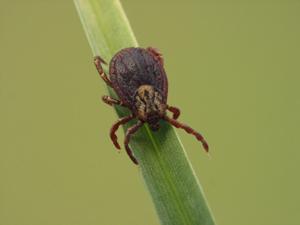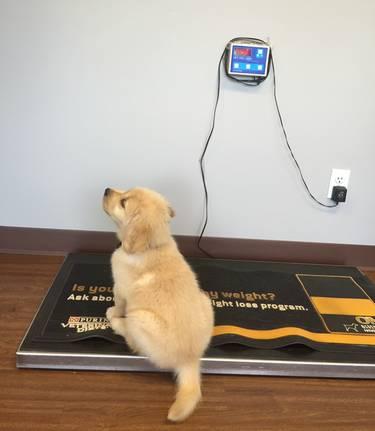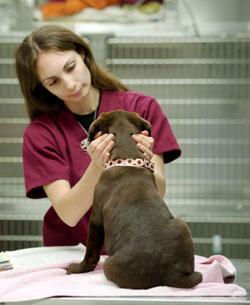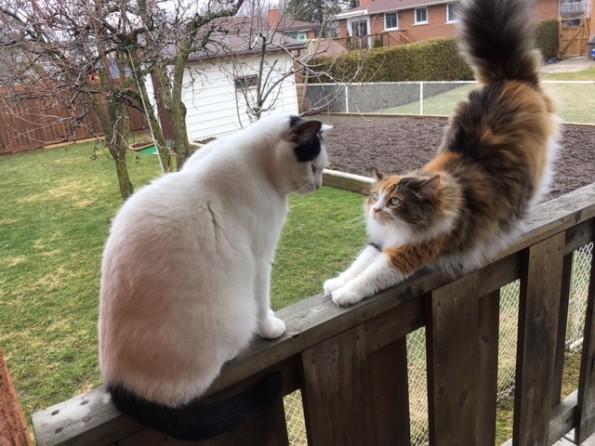
Did You Know?
- Adult fleas can lay up to 40 eggs a day
- Fleas can survive up to 7 months without food
- If it is colder than 13 C outside, they won’t hatch and won’t lay as many eggs, but they are still alive!
What Are Fleas?
- Small wingless insects that feed on blood of animals
- Their peak seasons to be out are, Spring (May) – Winter (December, or first frost)
Signs My Pet Has Fleas?
- Itchiness (excessively scratching or even chewing at themselves)
- Itchy/ raw spots around lower back/ base of tail, inside thighs, on belly, and neck
- Hair loss and inflammation (usually if pet is allergic)
- Ulceration of skin
- Lethargy (if badly infested and due to blood loss)
- If you can see adult fleas on body of pet
How Do My Pets Get Fleas?
- Being around other animals
- Spending time in an area that is infested
- Not having any sort of prevention
- Fleas may also hitch a ride on humans into the house (Therefore indoor pets can get fleas too)
- Moving into a new home that contains flea eggs

Prevention:
- The best prevention is medication from your Veterinarian
- Being on flea medication from spring until the first frost
- There are different types:
- Topicals – a liquid that gets placed on the back of the neck of the pet
- Chewable – tablets that your pet will eat as a treat
Preventions That We DO NOT Recommend:
- Flea Collars:
- They can be effective in some cases, but they usually only kill the fleas around the collar
- They can cause bad skin reactions
- Some collars can lose their effectiveness if they become wet
- They do not treat the environment
- Topical Flea Treatment from Pet Stores
- We never recommend using them on cats!
- If they are specially for dogs, they are toxic to cats and can be fatal if applied
- Many times the products fail to work
- If they work, they only work for a short duration of action
- The companies that make them do not offer any guarantees as to the effectiveness or safety.
- We never recommend using them on cats!
- Flea Baths
- Do not offer residual protection
- Will not take care of the environment
All pets in the household will need to be treated for fleas to break the flea life cycle.
Why We Recommend Flea Medications from Your Veterinarian
- They are safe and effective
- Some of these products will help to clear fleas out of your house, eliminating the need for flea spray.
- The companies will stand behind the quality of their products and guarantee they will work if used properly
- Superior pest control
- Easy to use
- The safest option for both your pet and your family
Talk to one of our team members at Mitchell Veterinary Services and Pauly Veterinary Clinic if you have any questions.











